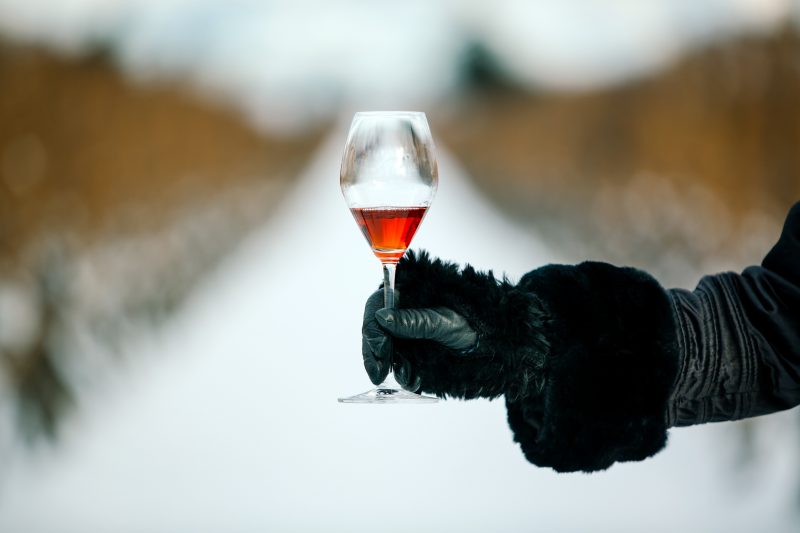When subzero weather struck German vineyards in the late 1700s freezing winegrape crops, local winemakers thought to persevere with vintage anyway and stumbled across something rather significant.
Winemakers persisted by harvesting and pressing the frozen grapes and fermenting the juice into a sweet wine they then dubbed ‘Eiswein’, which in English translates to ‘Icewine’. Moving on almost 200 years, Germanic immigrants from Austria and Germany made their way to British Colombia and Ontario in Canada and discovered Canada had a suitable climate to replicate what they had been making for so long in their homeland.
Journalist Samuel Squire discovers more about the unique wine style.
Eiswein made its way to Canada in the hands of Germanic immigrants as recently as the early 1970s and, upon realising the local climate’s suitability – warm summers to ripen the grapes and cold winters to freeze the grapes – Icewine had found a new home.
In 1983, the first experimental Canadian Icewine was made in Ontario, with the first commercially available Icewines being produced in 1984 by the late Karl Kaiser, co-founder of Inniskillin Wine and considered the grandfather of Canadian winemaking.
According to the Wine Marketing Association of Ontario (WMAO), the region which produces over 90 percent of all Canadian Icewine, the optimal vintage conditions for producing authentic Icewine are key.
The annual average production of Icewine in Ontario in 2018 was 650,303 litres, which is lower than the yearly average of 900,000 litres produced.
In Ontario alone, there are almost 7,000 hectares of vineyards producing fruit for Icewine, still wines, sparkling and late harvest wines, of which the total retail value is CAD$400 million per year.
There are also producers in the province of British Columbia, where the very first Icewine in all of Canada was made in the early ‘70s.
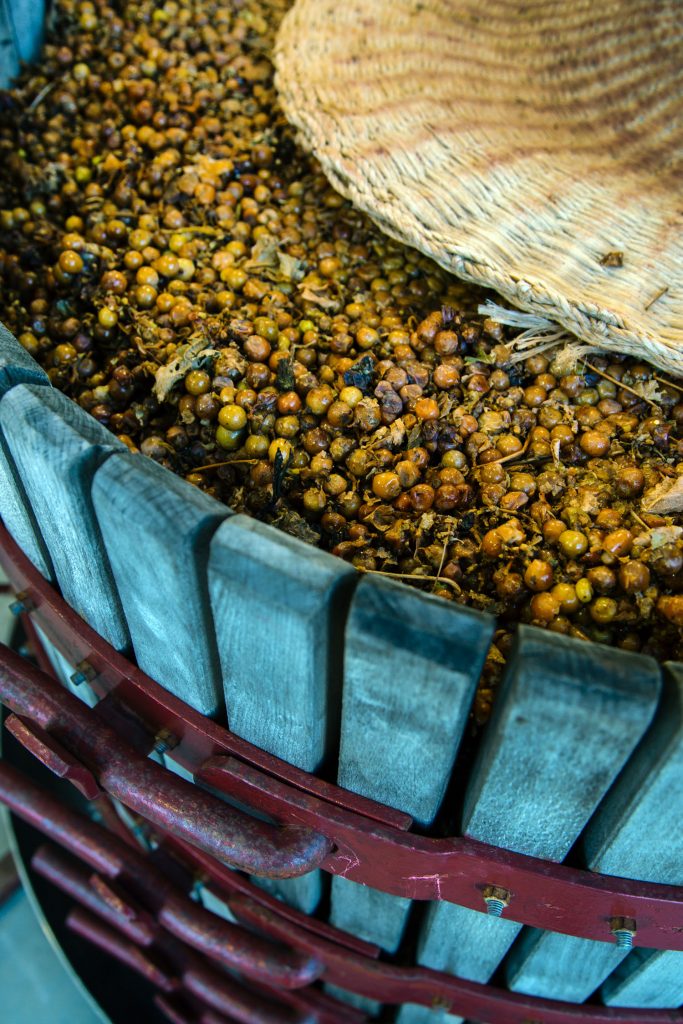
In Ontario however, the first experimental Icewine was made in the early 1980s. Magdalena Kaiser, WMAO director of public relations – marketing and tourism, said warm summers, healthy grapes and cold winters make the perfect vintage conditions for Icewine grapes to really shine in quality.
When these conditions are met, and the quality of the frozen grapes is at its peak, the Icewines produced often display “rich aromas and flavours of tropical fruits such as lychee, papaya and pineapple”, according to Kaiser.
“The elements to quality Icewine are purity of fruit and the iconic backbone of acidity that supports the luscious sweetness.”
According to the Vintner’s Quality Alliance of Ontario (VQAO), in preparation for the province’s Icewine season, grapevines are netted in the Northern autumn when the fruit is ripening to protect it from being devoured by birds.
In November, the grapes are left on the vine until a sustained temperature of negative eight degrees Celsius or lower is reached.
Depending on the season, this could happen anytime from December to February. The VQAO says the overall juice yields for Icewine grapes are much lower than for table wines, “with average yields of 500 litres for each acre netted, or approximately 15% of the expected yield for grapes harvested for table wines”.
During the time between the end of the growing season and harvest, the grapes dehydrate, the juices concentrate and develop the characteristic complexity of Icewine.
“Once the frozen grapes are harvested, they are pressed under much higher pressure than grapes harvested in the normal season. Because the grapes are frozen, most of the mass is water, and is left behind as ice in the press,” the VQAO detailed.
In what could be seen as a dramatic move, ‘outraged’ Canadian wine exporters in 2003 attempted to patent Icewine in a bid to protect their market share in Asia from Australian and New Zealand producers.
However, a report at the time from The Age revealed that Canadian Icewine producers could not obtain copyright or trademark on Icewine enforceable outside Canada.
The reasoning behind this could potentially have been down to a technicality of the term, and as such in production conditions (such as Australia’s warmer climate), according to Kaiser.
Kaiser mentioned that, in Canada and subsequently Ontario – given 95% of all Icewine comes from that province – “Ontario/Canada have rules (our VQA system) around the process for Icewine production”.
“[These rules include] that grapes must be ‘frozen on the vine’ at certain temperatures, negative eight degrees Celsius or lower. Outside of that, other countries have not defined that and anything frozen in other ways are not authentic [and have] very different quality and flavour profiles.
“By the early 1990s, Canada became internationally known for the consistent quality of its Icewine and had found a place on the global wine stage.”
Kaiser, on the subject of the export market potential of Canadian Icewine, said that Ontario is a relatively small exporter, and thus its market is niche. That said, Icewine is certainly a flagship for Canada.
“Icewine continues to be about 50% of Ontario’s export market but, that said, table wines continue to grow,” Kaiser said.
“Ontario is a small exporting region, especially by comparison to Australia. Key markets are niche, and evolve depending on many factors.”
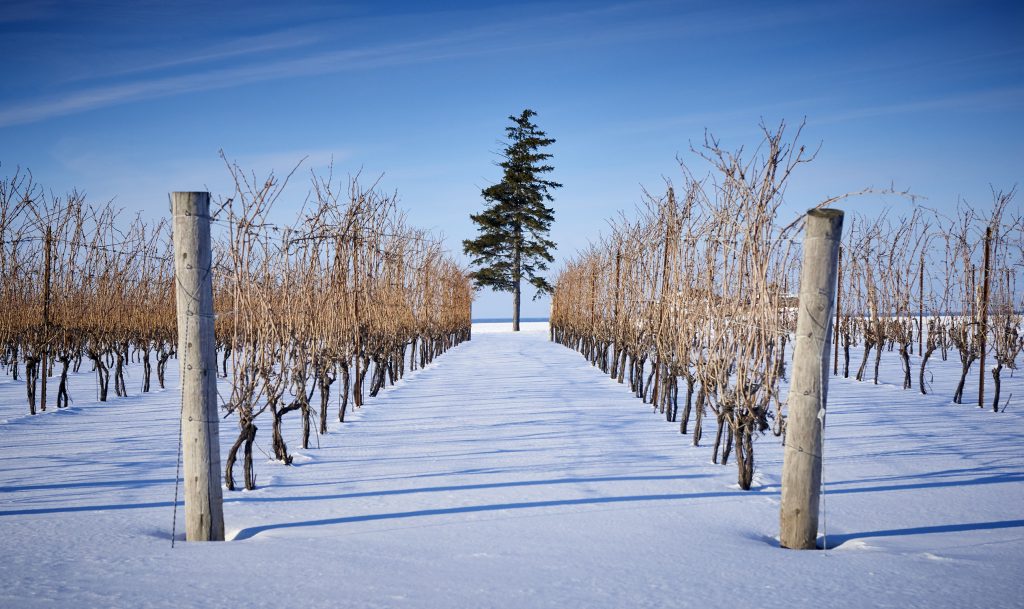
A versatile wine
Kaiser says Icewine is a lot more versatile as a variety than being simply a dessert wine, adding the varieties commonly used in Ontario are primed for Icewine production.
“In Ontario, Vidal Blanc, Riesling and Cabernet Franc are the most commonly used varieties to produce Icewine,” she said.
“The acidity in these varieties helps balance the sweetness in the final product, the varieties thrive in Ontario’s cool climate. They have the ability to hang on the vines for longer to be frozen with thick skins that don’t break down easily.
“It is much more versatile than many people believe. [It’s} not just a dessert wine, it goes well with savoury, spicy and sweet food pairings.”
Kaiser added that other varieties have been used in the production of Icewine, but in smaller lots or as experiments.
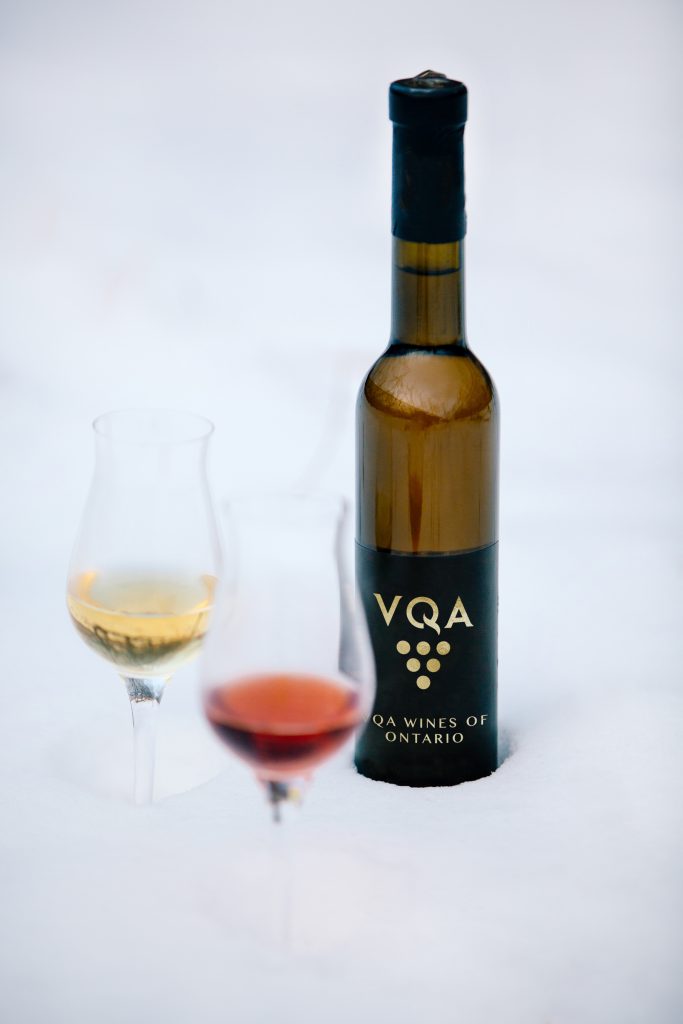
“Gewürztraminer, Chardonnay and Cabernet Sauvignon are produced in smaller lots [with] very tiny experiments of other varieties.”
In Australia, making Icewine as Canadians do is nigh on impossible given that the required subzero temperatures in the vineyard are not achievable.
Few winegrowing areas can lay claim to snow, and even then, snowfall is not guaranteed year on year, just as the optimal temperatures aren’t achievable either.
Icewine, then, is a challenge, given the nation’s naturally hot climate. However, one producer, has taken the idea of making Icewine with a spin and has run with it – freezing the grape juice rather than pressing frozen grapes.
In Tasmania, Frogmore Creek Wines is one of but a handful of producers venturing into the cold realm of Icewine – or ‘iced’ wine as it’s called here.
Frogmore Creek senior winemaker Alain Rousseau, with a subtle reference to his formal French training paired with his knowledge of Tasmania and its cool climate, has delved into making an iced Riesling.
Riesling grapes grown in the Coal Valley wine region of Tasmania have been pressed with the juice going to the freezer, concentrating the sugars, acidity, aromas and fruit flavours.
At Frogmore Creek, Rousseau says he has created an iced wine with the Riesling variety, which is the current offering, but has also trialled Gewürztraminer in the style, yet he says Riesling favours the wine style more.
The differences between Canadian Icewine and Frogmore Creek’s iced wine are significant, according to Rousseau.
“Fake” Icewines
He says the Canadians aren’t strictly fans of attempts at making the wine in the Antipodes, as exemplified by the 2003 Canadian claims that “fake” Icewines were being made in Australia and New Zealand.
“The products have nothing in common,” he said, “The Tasmanian iced wine is unique in style with the juice freezing concentration”.
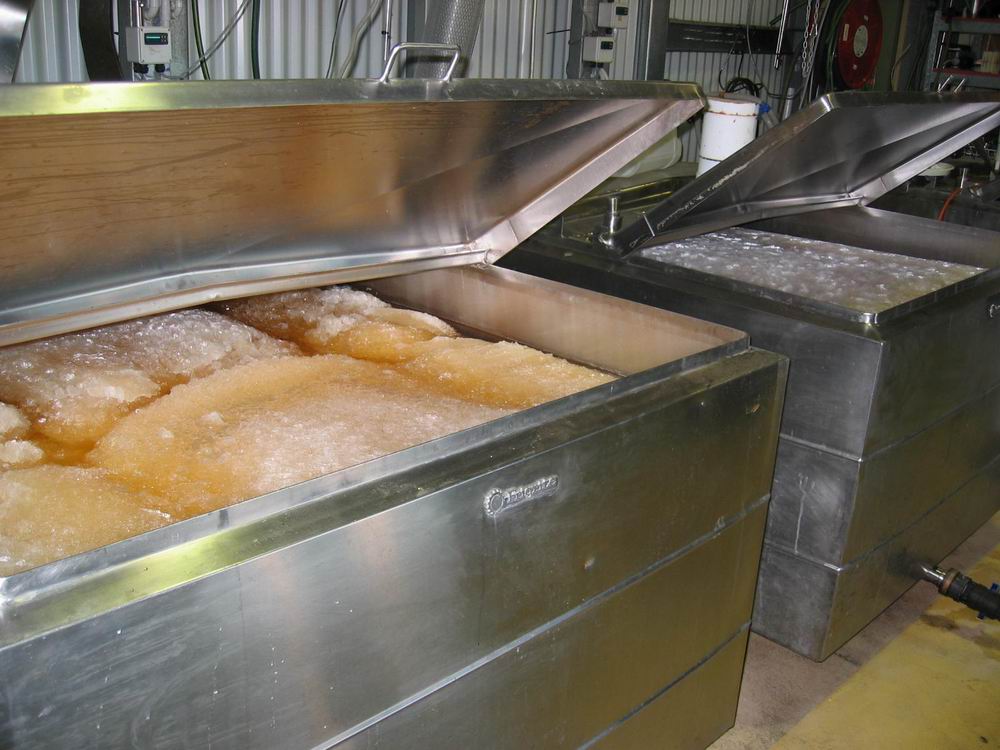
“Freezing the juice makes a completely different product compared to Canadian Icewine as that method uses reverse osmosis.”
Rousseau, detailing the winemaking practices for iced wine, says that the warmer climate of Australia and freezing grape juice might actually be more beneficial, for this style, than leaving the grapes to freeze on-vine.
“We start by pressing the grapes, then fining the juice as a standard wine. From there the juice is clear-racked and kept in tank at 0oC until it’s time to concentrate it,” he said.
“The juice is concentrated until it reaches 17.5-18 Baume, then it’s warmed to 14oC, yeasted and fermented.
“With this method of juice freezing, a warmer climate increases the sugar level so we don’t have to concentrate as much, making it more economically beneficial.
“Fermentation ends after a few weeks, usually when the alcohol reaches between 6-7% and the sugar level reaches between 180- 200 grams per litre. The total acid we aim for is from 12-14g /L.
“The wine is then racked and settled for a few months, cold settled again and filtered for bottling.”
Although, if Australia’s warmer climate doesn’t give the grapes satisfactory iced wine Baume levels, it’s not a disaster.
Rousseau says that because of the way iced wine is made, it is achievable to make on a regular annual basis in Australia.
“We try to leave the grapes on the vines for as long as possible in order to increase their sugar levels to the maximum – usually, about 14/15 Baume is achievable with the dry conditions of the Coal Valley,” he said.
“As we are making iced, rather than ice, wines, you can make it every year. Even with low Baume, if the concentration of sugar is not high enough, winemakers can simply make a second freeze concentration and remove more water from the juice.”
Rousseau says that, “Once fermented, [the fruit] concentrates citrus aromas with honey tones”.
“An iced wine shows more fresh fruit flavours when young, it takes a few years in bottles to see honey, fig and raisin flavours shine through.”

